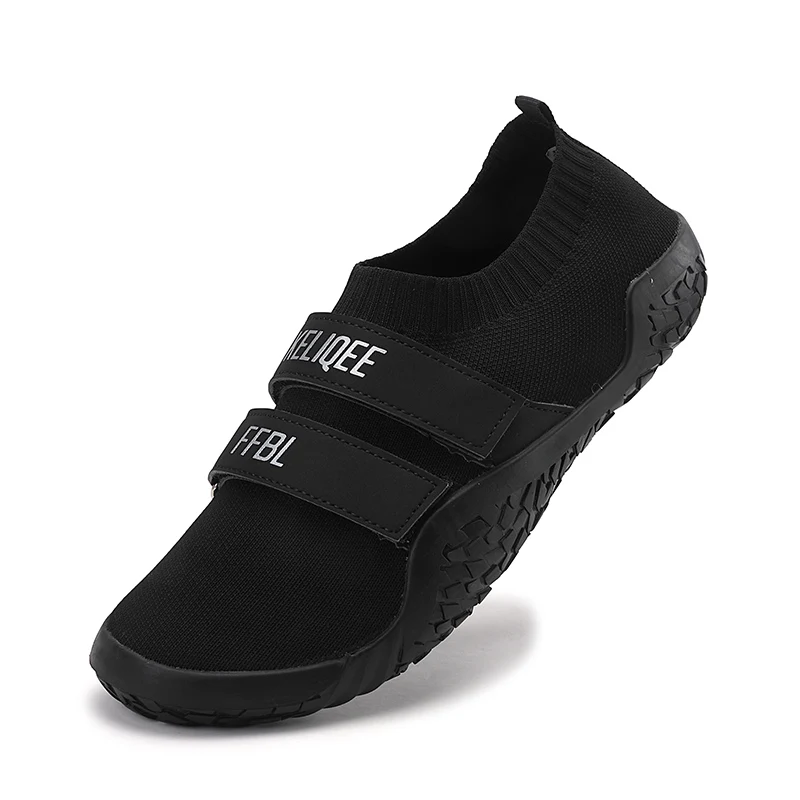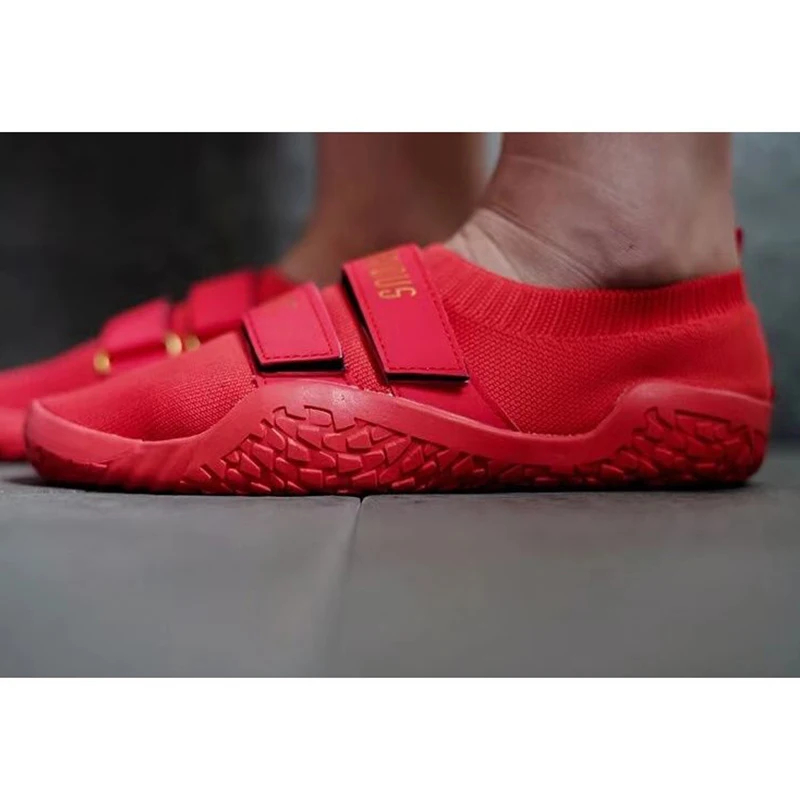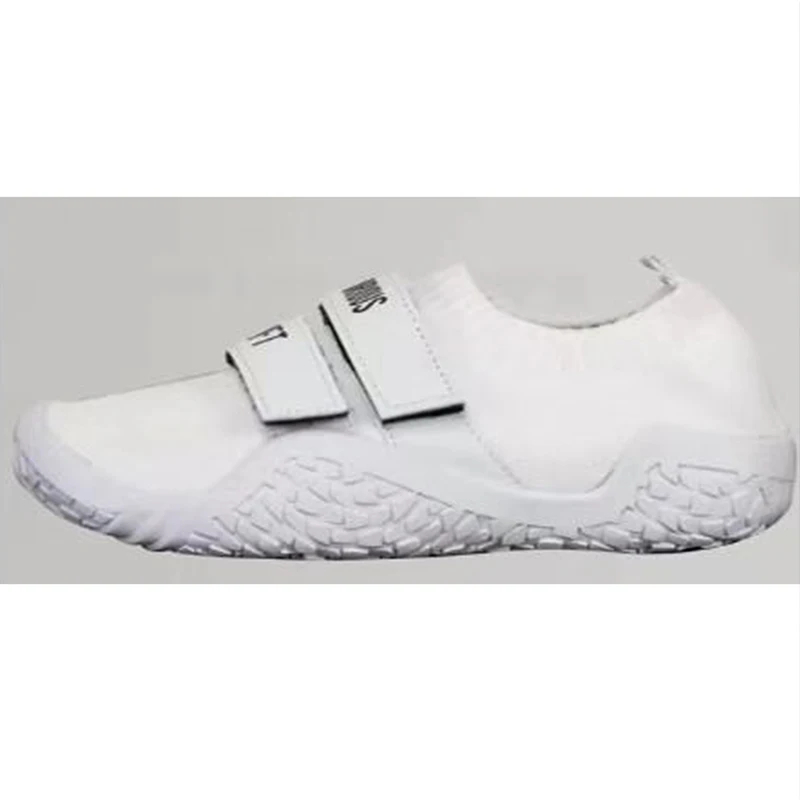Introduction
When it comes to weightlifting, the shoes you wear can make a significant impact on your performance. Many lifters prefer flat shoes because they provide a stable base. This stability enhances balance and helps prevent injuries. In this article, we will explore the advantages of flat shoes for lifting. We will also discuss the different types available, how to choose the right pair, and tips for maintaining them.

Understanding Flat Shoes for Lifting
Flat shoes are designed with minimal cushioning and a low heel-to-toe drop. This design promotes better contact with the ground. When you lift weights, especially heavy ones, having a solid surface under your feet is crucial. Flat shoes allow you to engage your muscles more effectively. They help you maintain proper form, which is essential for heavy lifts like squats and deadlifts.
Why Stability Matters
Stability plays a key role in lifting. When your feet are stable, your body can distribute weight evenly. This distribution helps prevent injury and allows you to lift heavier weights. Flat shoes provide a wide, flat sole that increases your contact area. As a result, you can push through your heels more effectively. This action activates the posterior chain, which includes your hamstrings, glutes, and lower back.
A stable base also enhances your balance. When you lift, even small shifts in weight can affect your performance. Flat shoes minimize these shifts by keeping your feet grounded. This stability can lead to better lifting mechanics and improved overall strength.
Types of Flat Shoes for Lifting
There are several types of flat shoes available for weightlifting. Each has its unique features and benefits. Below are some popular options:
Weightlifting Shoes
Weightlifting shoes are specifically designed for Olympic lifts. They often have a slightly raised heel, but many models also offer flat options. These shoes feature a stiff sole that provides excellent support. They also have straps or laces to secure your foot. This security helps maintain your position during heavy lifts.
Cross-Training Shoes
Cross-training shoes are versatile and can be used for various workouts. Some models have a flat sole, making them suitable for lifting. These shoes often include additional cushioning for other activities, such as running or jumping. While they may not offer the same level of stability as dedicated lifting shoes, they can still perform well for most lifters.
Minimalist Shoes
Minimalist shoes focus on providing a natural feel while lifting. They usually have very little cushioning and a flexible sole. This design allows for greater foot movement and closer contact with the ground. Many lifters appreciate the feedback they get from minimalist shoes. However, they may not provide enough support for everyone, especially during heavy lifts.
Choosing the Right Flat Shoes for Lifting
Selecting the right flat shoes for lifting involves considering several factors. Your specific lifting style, foot shape, and personal preference all play a role. Here are some tips to help you choose the best pair.
Assess Your Lifting Style
Think about the types of lifts you perform most often. If you mainly do powerlifting, you might prefer a shoe with a stiffer sole. This stiffness helps with heavy squats and deadlifts. If you focus on Olympic lifts, consider shoes with a slight heel lift. However, many athletes find that flat shoes work well for both styles.
Consider Your Foot Shape
Everyone’s feet are different. Some people have wide feet, while others have narrow ones. Look for shoes that fit your foot shape. Brands often provide sizing charts to help you choose. Make sure to try on shoes with the socks you usually wear during workouts. Comfort is essential, so don’t hesitate to walk around the store before making a decision.
Test for Comfort and Fit
When trying on flat shoes, pay attention to how they feel. You should have a snug fit without any pinching. Your toes should not touch the end of the shoe. Move around a bit to ensure they provide the support you need. If possible, try lifting a small weight to see how they perform.
Maintenance Tips for Flat Lifting Shoes
Taking care of your flat lifting shoes will extend their lifespan. Proper maintenance keeps them in good condition and ensures they perform well. Here are some tips for keeping your shoes in top shape.
Clean Regularly
Keeping your shoes clean is important. Dirt and sweat can build up over time. Use a damp cloth to wipe down the exterior after each use. For stubborn stains, a little mild soap can help. Avoid soaking your shoes in water, as this can damage the materials.
Store Properly
When you’re not using your shoes, store them in a cool, dry place. Avoid leaving them in direct sunlight, as this can cause the materials to break down. If possible, keep them in a shoe box or a breathable bag to protect them from dust and dirt.

Inspect for Damage
Regularly check your shoes for signs of wear and tear. Look for cracks in the sole or any loose stitching. If you notice any damage, it’s time to consider replacing them. Worn-out shoes can compromise your safety and performance during lifts.
Considerations for Flat Shoes in Lifting
Importance of Footwear in Injury Prevention
Using the right footwear can significantly reduce the risk of injuries during lifting. Flat shoes provide a solid foundation, allowing for better alignment of your body during lifts. Proper alignment is crucial for preventing stress on joints and minimizing the risk of strains or sprains. A stable shoe helps maintain a neutral position, which is especially important during complex movements like squats and deadlifts.
Listening to Your Body
While flat shoes offer many advantages, it’s essential to listen to your body. Everyone’s biomechanics are different, and some individuals may find that certain styles of shoes work better for them than others. If you experience discomfort or pain while using flat shoes, it may be worth trying different brands or styles. Consulting with a trainer or a physical therapist can also provide insights tailored to your specific needs.
Transitioning to Flat Shoes
If you’re used to lifting in traditional running shoes, transitioning to flat shoes may take some time. Start with lighter weights and gradually increase as you become accustomed to the new footwear. This transition period allows your feet and muscles to adapt, reducing the likelihood of soreness or injury.
Popular Brands to Consider
Several brands specialize in footwear for weightlifting. Here are a few popular options to explore:
- Nike: Known for their innovative designs and technology, Nike offers a range of lifting shoes that combine style and performance.
- Adidas: Their lifting shoes often feature a solid sole and wide fit, making them a favorite among serious lifters.
- Reebok: Reebok’s CrossFit line includes several flat shoe options that are great for both lifting and cross-training activities.
- Vibram: If you’re interested in minimalist options, Vibram offers shoes designed to mimic the natural movement of the foot.
Community Insights
Engaging with fellow lifters can provide valuable insights into choosing the right shoes. Online forums, social media groups, and local gyms often have discussions about the best footwear for lifting. Sharing experiences can help you make an informed decision based on real-world feedback from others.

Conclusion
Flat shoes are a fantastic choice for anyone serious about weightlifting. Their stability, comfort, and supportive design can enhance your performance. Whether you choose weightlifting shoes, cross-training shoes, or minimalist options, finding the right pair is crucial. Remember to consider your lifting style, foot shape, and personal preferences when making your selection.
By taking care of your flat shoes and maintaining them properly, you can ensure they last longer and perform better. With the right footwear, you can focus on your lifts and achieve your fitness goals. So, invest in a good pair of flat shoes and elevate your lifting experience today!